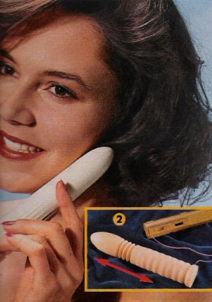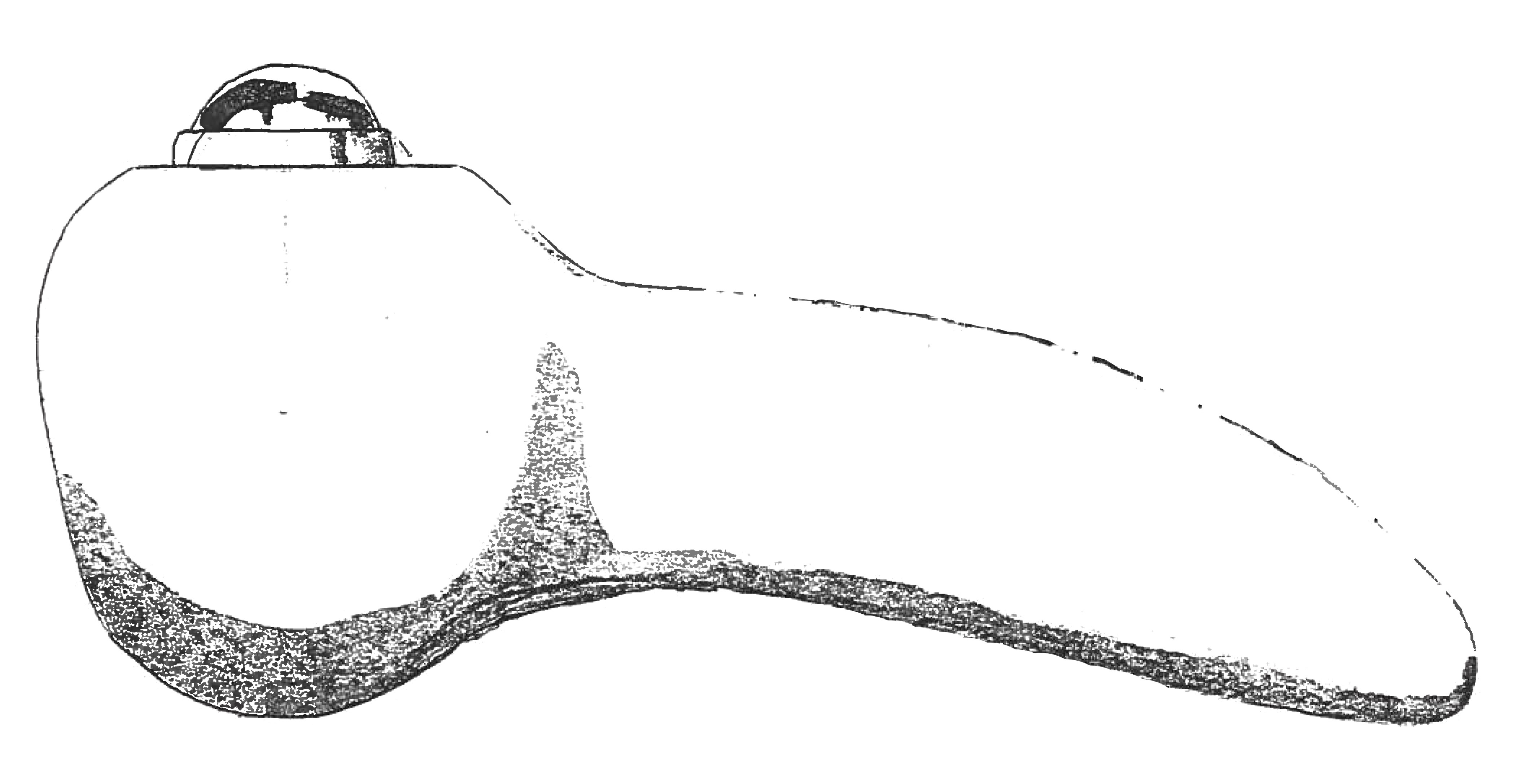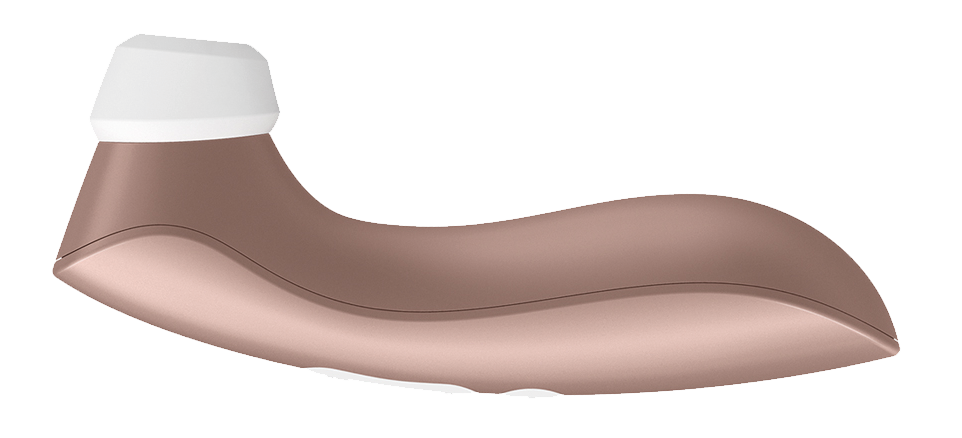User-Centred Vibrator Design (1995)
Ireen Laarakker
1995
Supervisory Team
Chris Snijders
T.J.A. Haan
Jan Schoormans
A.K. Slob
Rutgers Foundation, Pabo
G.M.G. Liekens
P.E.I. Babeliowski
Back in 1995, vibrators came in two varieties: discrete massagers in neutral colours or more anatomically correct vibrators, styled on an enlarged and erect penis. Besides the limited choice, vibrators were also noisy and manufactured from smelly, sticky materials.
Ireen Laarakker suspected that the design process which led to such products was far from user-centred - a state of affairs she was determined to change. With help from erotic retailer, Pabo, Laarakker sent out a questionnaire to people who had recently bought a vibrator, receiving some 1,000 responses. She identified various types of users and organised brainstorms for each of them. This led to many ideas for improvement, such as more user-friendly controls, vibrators that sync with music, or ones to sit on and ride. Though she never found a manufacturer for the high-end vibrator she envisaged, many of the concepts Laarakker envisioned in 1995 have by now been realised.
Watch the interview:
(English subtitles available)

A model discreetly holding a ‘massager’ to her face. This kind of catalogue image, commonly used to discreetly advertise vibrators, was a source of irritation, and inspiration, for Laarakker.
In the mid-1990s sales of vibrators were on the rise, with an estimated half a million sold in 1995. Despite their growing popularity, the range of products left a lot to be desired.

